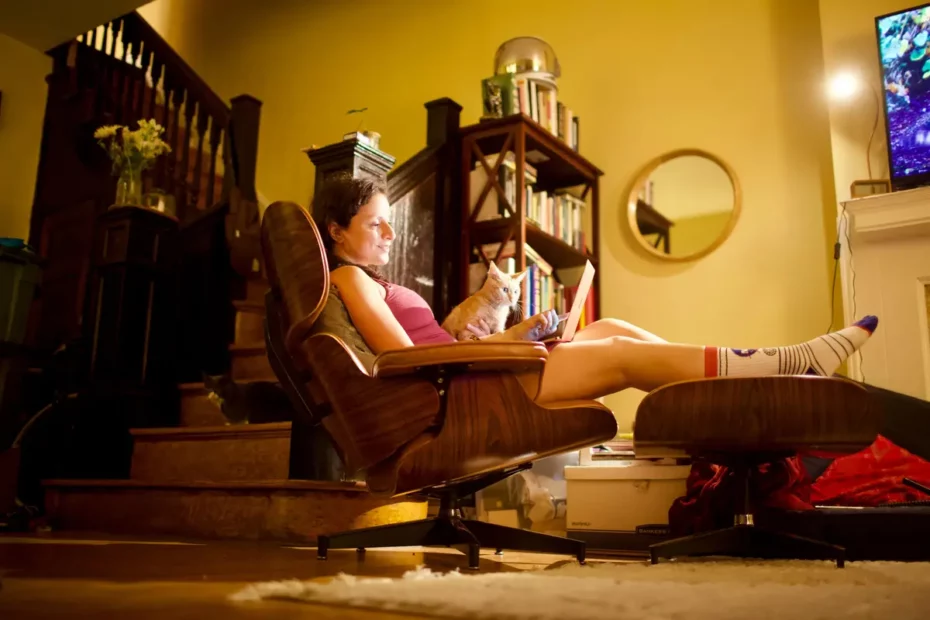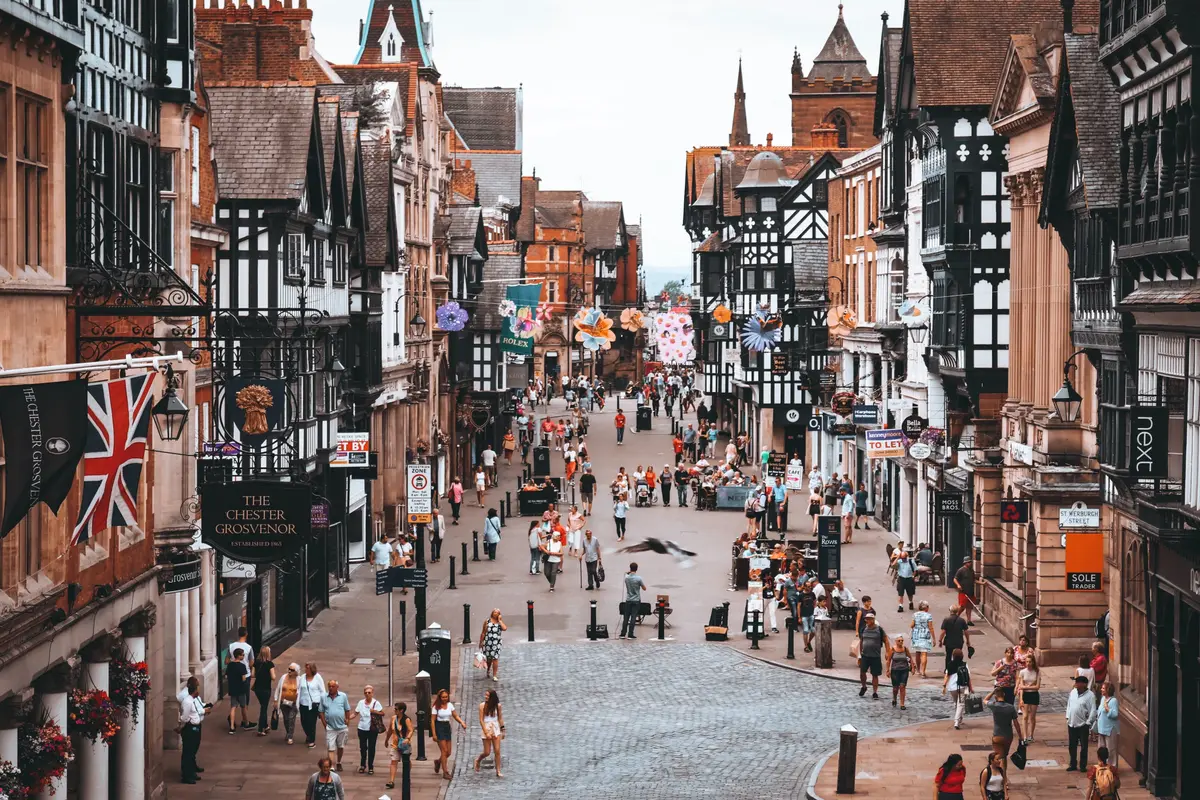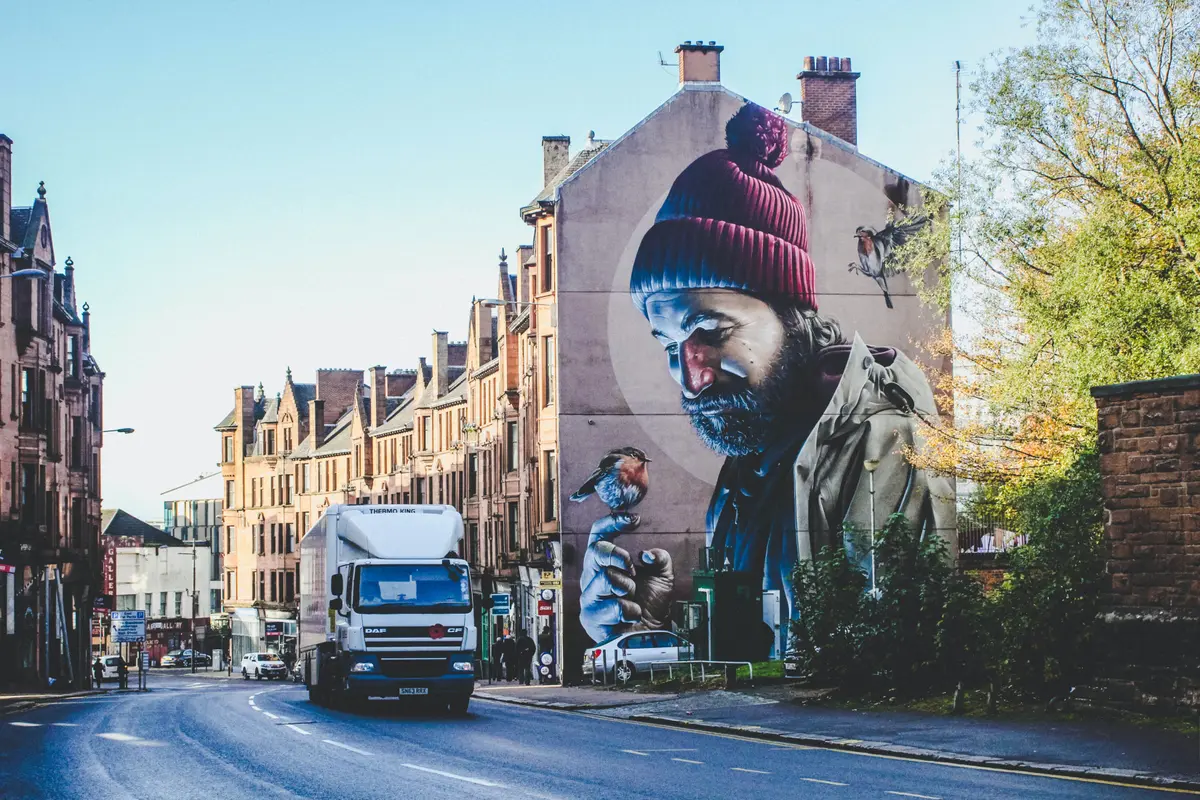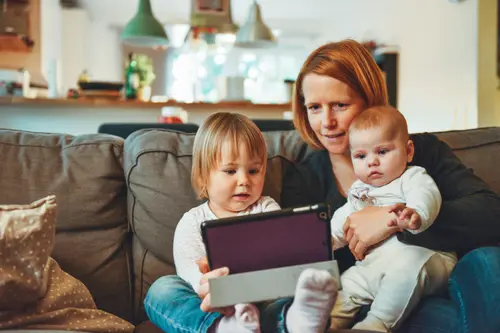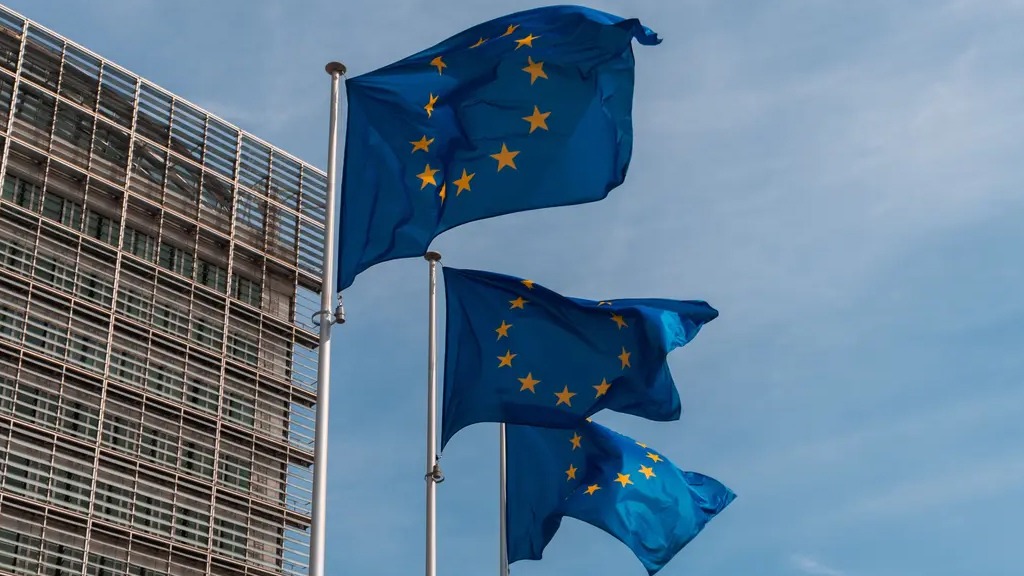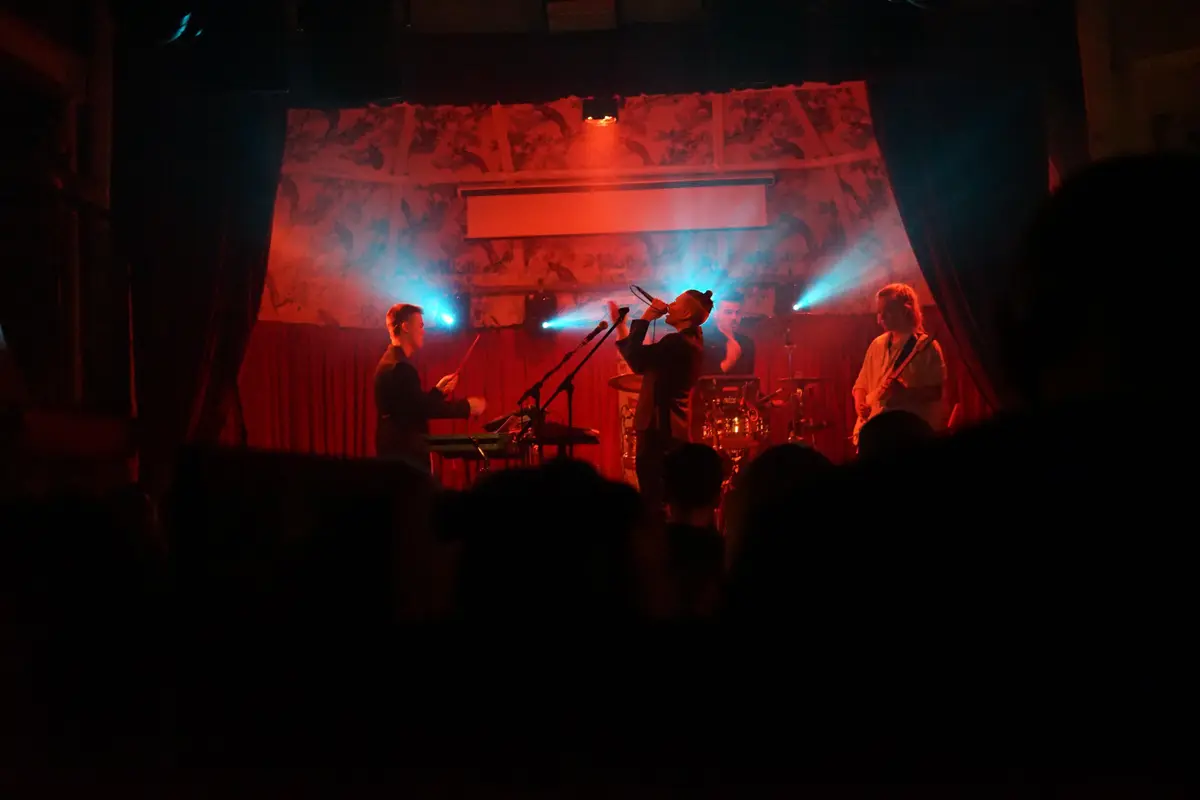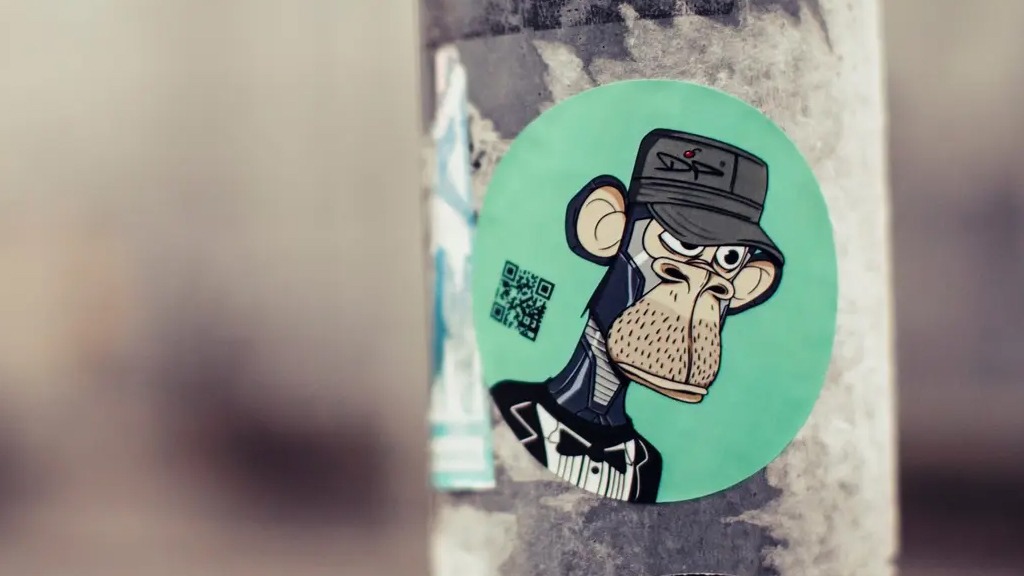Cultural institutions, such as museums and galleries, are important for local communities. They are places that preserve and promote cultural heritage, and can be sources of familiarity, inspiration and pride.
This paper explores the ways that cultural institutions used social media to continue engaging with the public during the Covid-19 lockdowns.
As this paper shows, cultural institutions used social media to maintain relationships with their audiences, and in particular, offered them virtual access to their collections, performances and experiences. Many museums, for example, created content that gave audiences a look ‘behind the scenes’ of their collections, offering both a new perspective on the objects that they look after, and a more intimate understanding of how they do their conservation and curation work. Similarly, many theatres moved their performances entirely online, and some used the opportunity of having to work with digital technology to experiment with developing novel creative formats.
This research is an analysis of a six-week snapshot of Twitter activity from March-May 2020. The researchers examined 9000 tweets associated with the hashtags #CultureInQuarantine and #MuseumAtHome.
They wanted to find out what kind of content was gaining traction on social media, and what sort of ideas and values were being generated through digital engagement with cultural institutions. The analysis found that there were two main categories for type of engagement; ‘art as a way of coping’ and ‘art as education’. Underpinning these themes was a strong sense that ‘place’ was important to audiences, and content that referenced local areas and communities was particularly resonant.
This paper builds on PEC’s previous research on the impact of Covid-19 and lockdowns on culture. For more on this topic:
- Our page summarising all the reports, data and blogs from a 6 month study into people’s consumption of culture through lockdown
- A policy brief explaining the lockdown changed how people engaged with gaming and streaming services
- Pivot to Digital, the previous discussion paper in this series looking at how cultural institutions responded to Covid-19.
This study was part of a larger project exploring the impacts of Covid 19 on the UK cultural sector, led by the Centre for Cultural Value in collaboration with the Creative Industries Policy and Evidence Centre and The Audience Agency. This project is funded by the Arts and Humanities Research Council (AHRC) through UK Research and Innovation’s COVID-19 rapid rolling call.
Related Discussion Papers
International Trade Challenges and the Effectiveness of Support Measures for the UK’s Creative Industries
The formidable challenges confronting the UK’s creative industries in the realm of exports, st…
Northern England’s Creative Industries
The Creative Industries are already a driver of growth across the UK economy. Export-intensive and m…
Creative Destruction? Creative firms, workers and residential gentrification
A new study by Tasos Kitsos, Max Nathan, and Diana Gutierrez-Posada finds only a minor influence of …
Speaking with One Voice
A fundamental remit of the BBC, and other public service broadcasters (PSBs) like ITV and Channel 4,…
Transitioning to Sustainable Production across the UK Theatre Sector
This discussion paper examines transitional pathways to sustainable theatre production in the UK. By…
Identifying and analysing UK fashion micro-clusters
The UK’s Fashion and Textiles industry contributed almost £20 billion to the UK economy in 202…
Net Zero as a catalyst in fashion micro and small enterprises
This report identifies examples of work taking place across three levels of change – social, e…
The Motives of Inbound Foreign Direct Investors in the UK Creative Industries
The UK’s creative industries have a global reach. British arts, technology, and design are internati…
Brexit uncertainty and international trade in services: Evidence from the UK creative industries 2014-2019
This discussion paper is based on one of the first studies to look at the impact of Brexit on the Cr…
Working Together – Cooperatives as a creative industry business model
This authors looks at how creative workers and students typically understand cooperatives, explore t…
Building sustainable regional music industry clusters
This report looks at the role the creative industries can play for the Levelling Up agenda, as well …
Crypto art and questions of value
Crypto Art is a novel, emerging creative form that is entirely digital, and native to the internet. …
